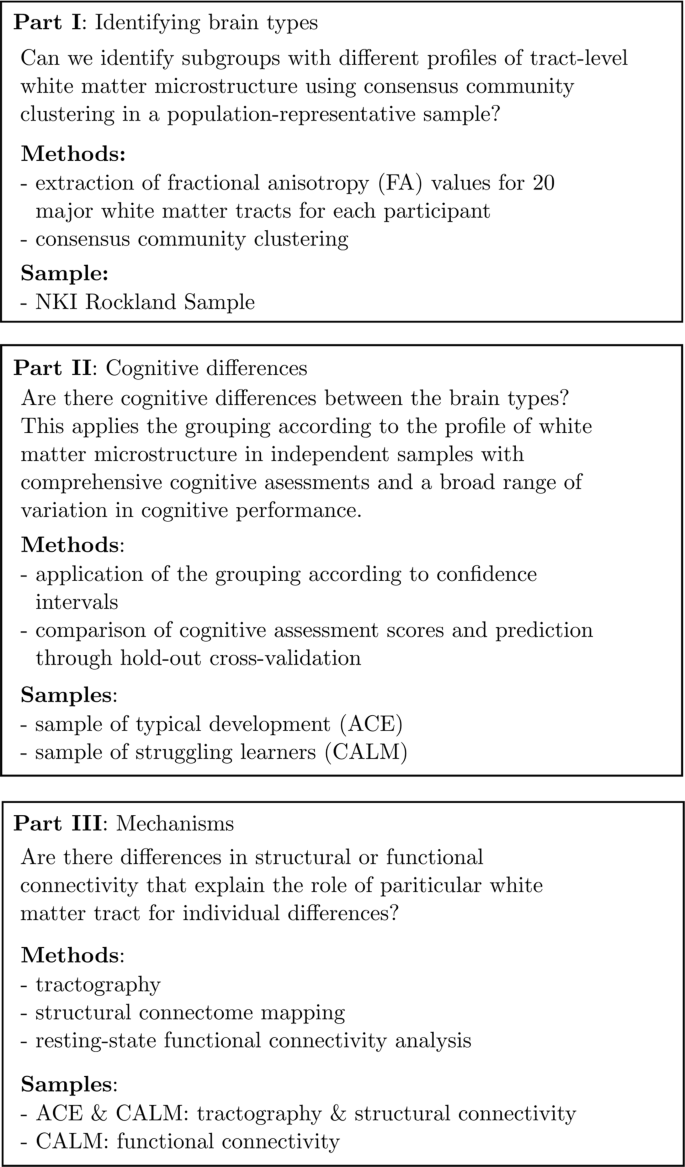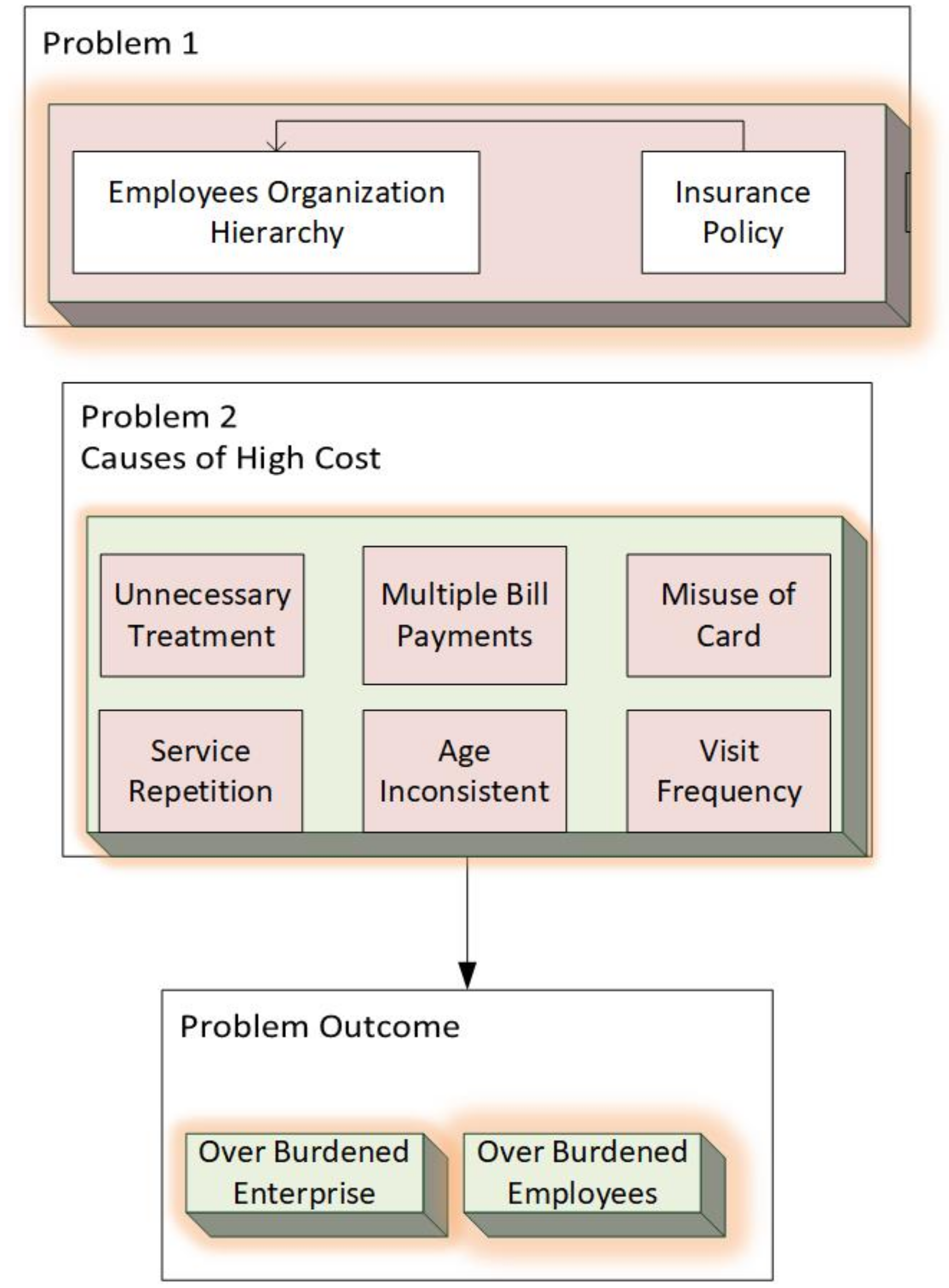


Illustrator Graphic Styles names are used as CSS classes Illustrator Symbols names are used as IDs for SVG symbols Illustrator Layers and Layers Groups names are used as IDs for SVG groups Here is what you need to know when you create a graphic in Illustrator: I’ve found it’s always much easier to create these labels during visual editing in Illustrator, rather than later.įor that reason, it’s important to give a meaningful name to each graphic element as you make it. To do this, you’ll need to use their names as a reference. Like an HTML document, you can select and manipulate individual elements separately.

It’s a text document that has a specific structure. Give your drawing a proper structureĪn SVG file is not like a regular bitmap image - a grid of pixels. So, when you create new document, make sure the color mode is set to RGB – as you can see in the image below. RGB is much more appropriate for web and screen use, and has a wider gamut (range of colors) than CMYK. Illustrator - as most vector illustration software - was originally designed for print production, and therefore its color space is set to CMYK by default. When you create a graphic in Illustrator-which is intended for SVG export-you need to perform some steps and considerations required to make the final output properly optimized for web. This is exactly what you will learn today. Having a solid working knowledge of good manual SVG optimization concepts will hold you in good stead from the start. Sure, you can use optimization tools after export, but this automated approach can break your file in all kinds of unexpected ways. Like any HTML web page, it’s difficult to fix a poorly built SVG file after it’s completed. The optimization of an SVG file begins with its creation and continues all the way to export. However, before we start, you need to understand one thing clearly. When you begin working with SVG, it is important to understand how to create, export, and optimize your SVG files for the browsers that will render them.


 0 kommentar(er)
0 kommentar(er)
